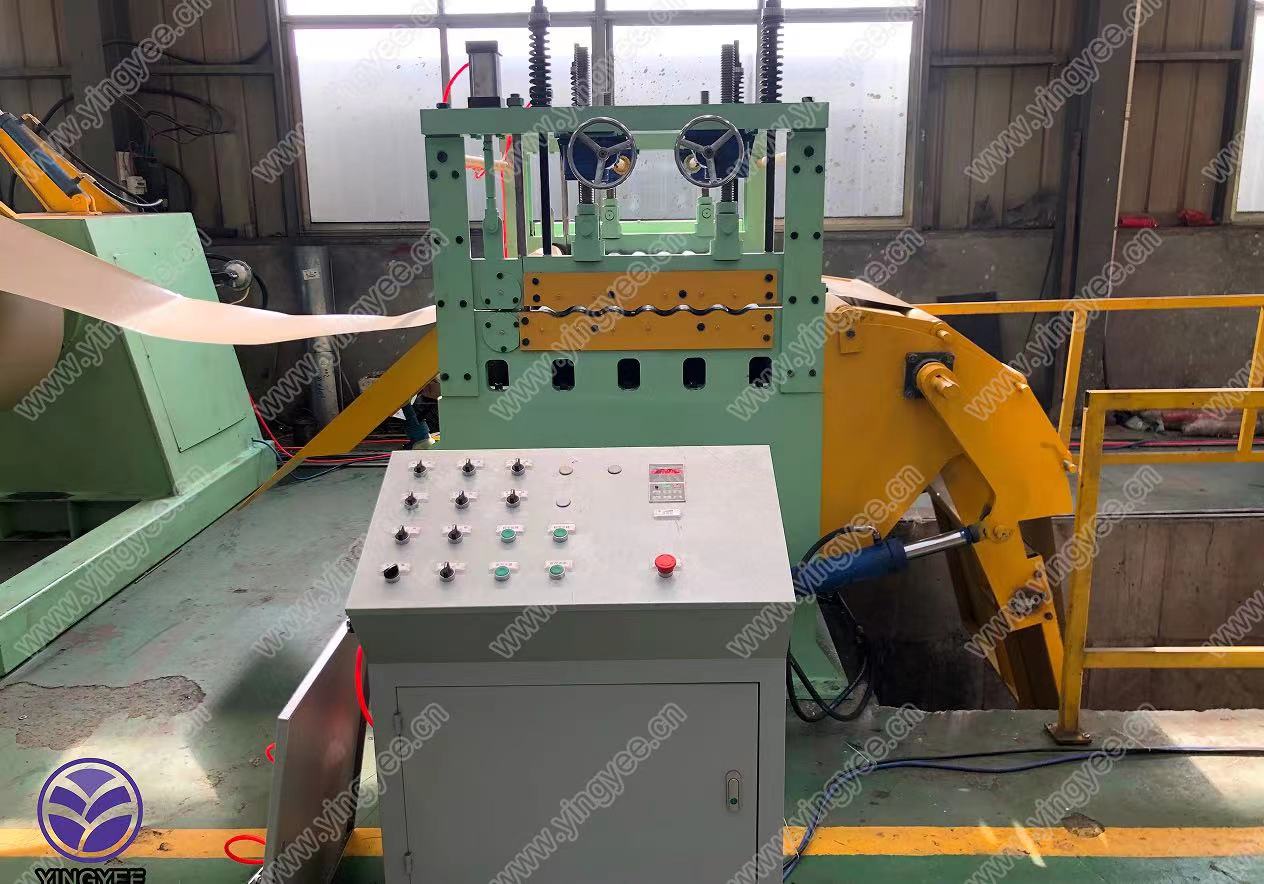
The Evolution and Importance of Cable Tray Making Machines
In today's rapidly advancing technological landscape, maintaining efficient and organized electrical systems is more critical than ever. One often overlooked yet essential component in electrical installations is the cable tray system. These systems not only help in organizing wires and cables but are also crucial for safety and efficiency. At the heart of producing these cable trays is a key piece of equipment the cable tray making machine.
What Are Cable Trays?
Cable trays are structural systems used to support insulated electrical cables used for power distribution, control, and communication. They are designed to hold wiring while allowing for ventilation and protection against physical damage. The significance of cable trays lies in their ability to streamline the management of wires, thereby reducing the risk of accidents, simplifying maintenance, improving air circulation, and ensuring compliance with safety regulations.
The Role of Cable Tray Making Machines
Cable tray making machines are specialized manufacturing equipment that automate the production process of cable trays. These machines can create various types of trays, including ladder trays, perforated trays, and solid bottom trays, tailored to specific applications and environments. The manufacturing process typically involves several steps, including cutting, forming, welding, and possibly powder-coating or painting to ensure durability and aesthetics.
Technological Advancements
Over the years, cable tray making machines have evolved significantly due to advancements in technology. Modern machines incorporate advanced automation systems, enabling them to operate with high precision and efficiency. Features such as CNC (Computer Numerical Control) programming allow for customizable designs and reduced human error, leading to a more streamlined production process.
Moreover, the integration of robotics and smart technology is becoming increasingly common. Automated systems can manage multiple tasks, such as feeding raw material, cutting to size, bending, and even packaging finished products. By optimizing production lines, manufacturers can significantly reduce labor costs and time while boosting output and consistency.

Economic Impact
The importance of cable tray making machines also extends to the economic sphere. With the rising demand for sophisticated electrical systems across various industries—such as construction, telecommunications, and renewable energy—the market for cable trays continues to grow. Investing in advanced cable tray making machinery can greatly enhance a manufacturer's competitive edge.
Establishing a production line with modern cable tray making machines allows businesses to meet client specifications faster and increase the volume of products. This flexibility not only fosters customer satisfaction but also opens doors to new market opportunities.
Environmental Considerations
In an age where sustainability is a pressing concern, manufacturers are also focusing on eco-friendly practices. Many modern cable tray making machines are designed to minimize waste and promote recycling. By utilizing materials that can be repurposed and implementing energy-efficient operations, manufacturers can reduce their environmental footprint while still delivering high-quality products.
Conclusion
Cable tray making machines play an indispensable role in the manufacturing of cable tray systems, which are essential for safe and organized electrical installations. As technology continues to advance, these machines are becoming more efficient, versatile, and environmentally friendly. For manufacturers, investing in state-of-the-art cable tray making machines not only boosts productivity and competitiveness but also meets the evolving needs of the market.
Ultimately, the synergy between cable tray systems and the machines that produce them is a prime example of how innovation can drive efficiency, safety, and sustainability in the electrical industry. As we move forward, the importance of these machines will only continue to grow, marking a significant evolution in how we manage electrical infrastructure.